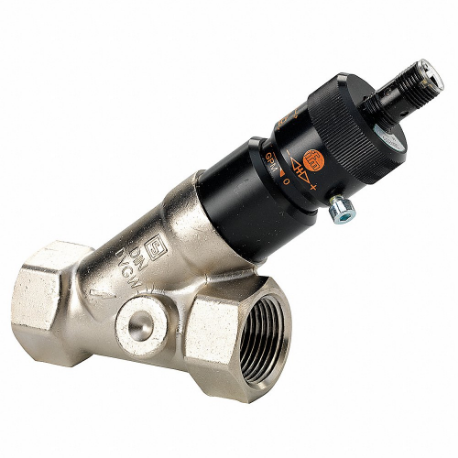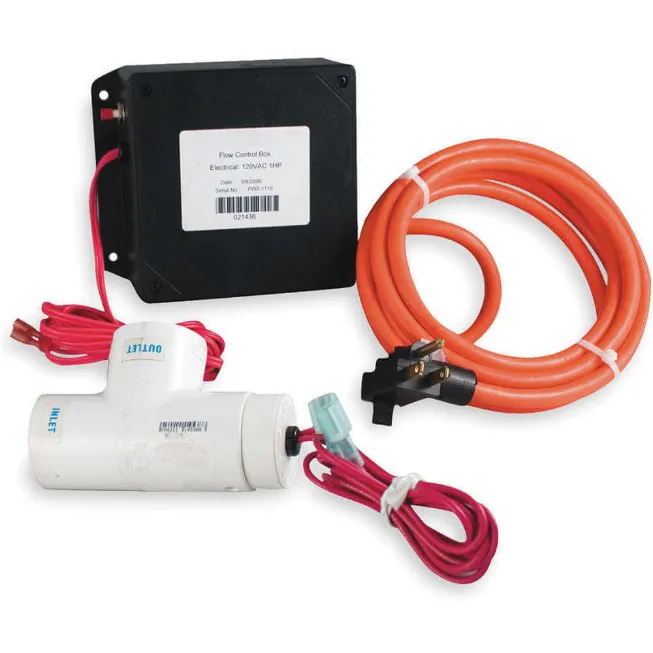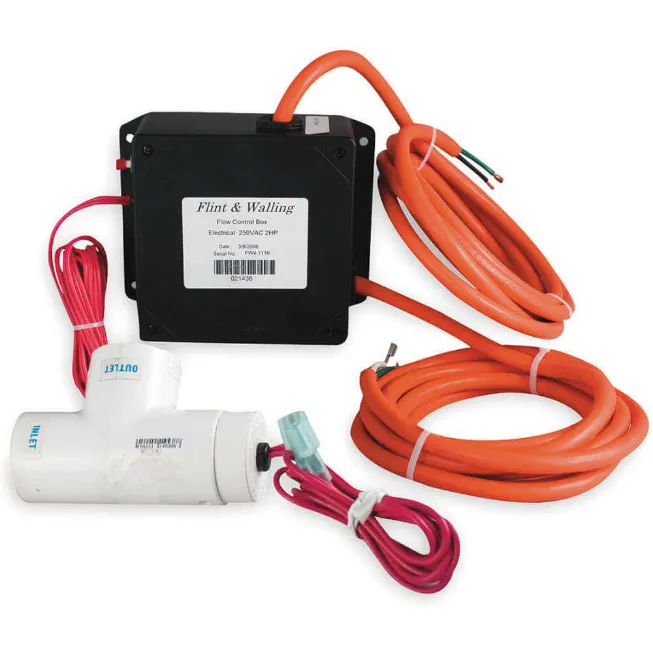Flow Switches
Flow switches are primarily designed to monitor the air, steam or liquid flow and send signals to the pump for automatic ON / OFF switching with the rise and fall of water level; ideal for regulating water cooling equipment and water treatment or hydronic heating systems. Raptor Supplies offers a wide range of these liquid flow switches from brands like Bradley, Dwyer Instruments, Mcdonnell & Miller, Dayton, Johnson Controls, Gems Sensors and Taco. Gems Sensors flow switches uses 100-micron filtration technology and are less susceptible to clogging than other high-pressure inline flow switches. These units come equipped with one-piece magnetic composite piston which actuates the sealed reed switch when displaced by the pressure difference in fluid flow, thereby activating remote alarms or indicators. They are available in brass, polypropylene and stainless steel construction with a maximum pressure rating and flow rate of 1500 psi and 2 GPM, respectively. Taco industrial flow switches feature flow sensitivity adjustment mechanism for setting a wide adjustment range to start or stop an electronically operated device when flow / no-flow condition occurs. These low-flow switches come with a highly malleable EPDM seal providing anti-hardening, cracking and leakage properties and improving the performance in high-pressure applications such as chillers, boilers, heating systems and water systems. They are available in NEMA 1 and NEMA 4 rated enclosures providing protection against the ingress of foreign contaminants and are ideal for use with 1 - 8 inch (outer diameter) pipe sizes.
 £ GBPChange Country
£ GBPChange Country








